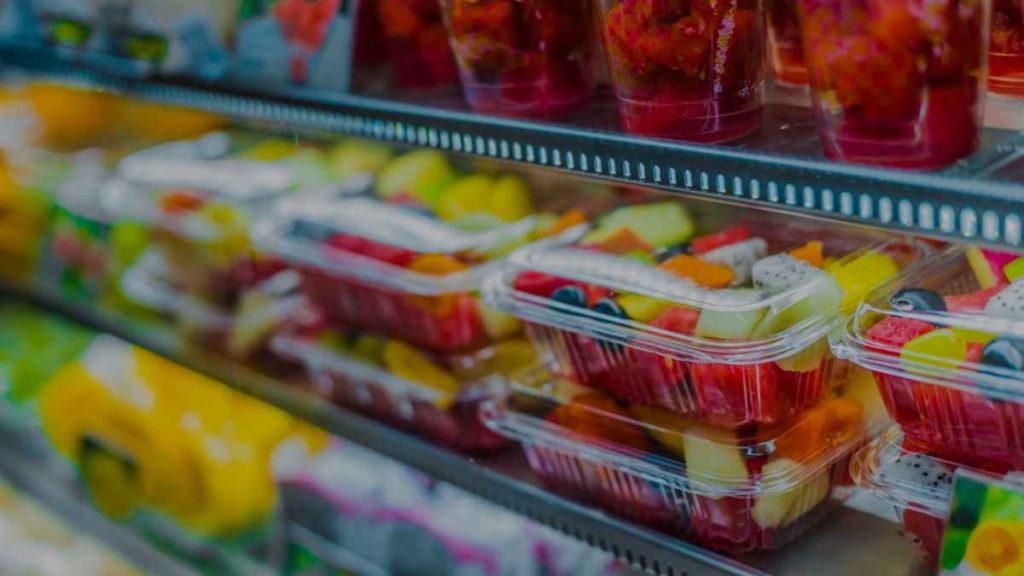Finishing is a way of adding value to your product and making it more attractive to buyers. The best finishing manufacturing services can also help your business stand out from the crowd, as most brands don’t take their products through this process.
Once you’ve designed your product and ordered it from a manufacturer, many different finishing options are available. They range from simple to complex and involve different materials, such as wood or plastic. This article will give an overview of some of these options so that you know what they are and how they can be used when creating retail goods for sale.
Trimming
Trimming is the process of removing excess material from a product. Trimming can be performed on parts that are already finished or unfinished. It can also be performed in various ways, including by hand and automated equipment.
Finishing trimming is an important step in the manufacturing process and is performed after every new batch of goods has been produced. The goal of trimming is to ensure that each product meets customer specifications, which may include size or shape requirements and surface finish specifications such as color or texture.
What is finishing manufacturing?
Finishing manufacturing is adding a finishing touch to a product to give it more appeal and improve its overall quality. It can be done by hand or machine on a small scale or large scale. Not all products undergo finishing manufacturing; it’s only necessary for those requiring extra attention before they’re ready for sale or use.
The most common finishing manufacturing services include pressing, polishing, plating, and painting. These processes are often grouped under the umbrella term “finishing.” Still, each one could be considered its own specialized form of production depending on what exactly it entails–and how it’s done.
Surface Finishing
Surface finishing is the process of applying a coating to the surface of an object. It can be used to improve the appearance, performance, and durability of products. Most surface finishing methods involve altering the properties of materials through chemical or physical processes while retaining their structural integrity.
Finishing manufacturing services include:
- Powder coating – This technique involves covering metal parts in an organic polymer powder that’s baked on at high temperatures, resulting in excellent durability and resistance to corrosion and abrasion.
- Plating – Plating can be done with metals such as gold or silver for decorative purposes, or it can be used for functional reasons like increasing electrical conductivity or preventing rusting.
- Polishing – This method uses abrasive compounds over time until all blemishes are removed from surfaces like glass lenses, so they become clear again (for example).
Pad Printing
Pad printing is a printing process in which a pad, made of a soft material, is used to transfer ink to a surface. The pad is inked and then pressed against the substrate.
The key advantage of pad printing over other similar processes is its ability to print on almost any type of surface without damaging it or requiring special preparation before printing. In addition to that, you can find your own custom designs on all sorts of products, including clothing, toys, and household items.
Packaging
Packaging is the process of enclosing or protecting products for distribution, storage, sale, and use. Packaging can be described as a coordinated system of preparing goods for transport, warehousing, logistics, sale, and end-use.
Packaging includes the design and development of the following:
- Containers such as bottles and cans
- Closures such as lids or stoppers
- Labels and tags (for identification)
Labeling
Labeling is one of the very popular finishing manufacturing services that provide you with an opportunity to promote your brand in a way that can’t be ignored. Labels are inexpensive, versatile, and easy to apply onto almost any surface. They can be made from many different materials and come in all shapes, sizes, colors, and designs.
Labels come in many different forms, including tags, stickers, or labels for safety information on clothing; barcodes for identifying specific products; price tags for sale items; promotional posters used during sales events; manufacturing date codes printed onto products at the start of production; storage instructions including temperature requirements or shelf life expiration dates.
Conclusion
We hope this article has given you a better understanding of the manufacturing process and insight into which processes might be right for your product. As always, it’s important to remember that there are no hard-and-fast rules when choosing a finishing method.

